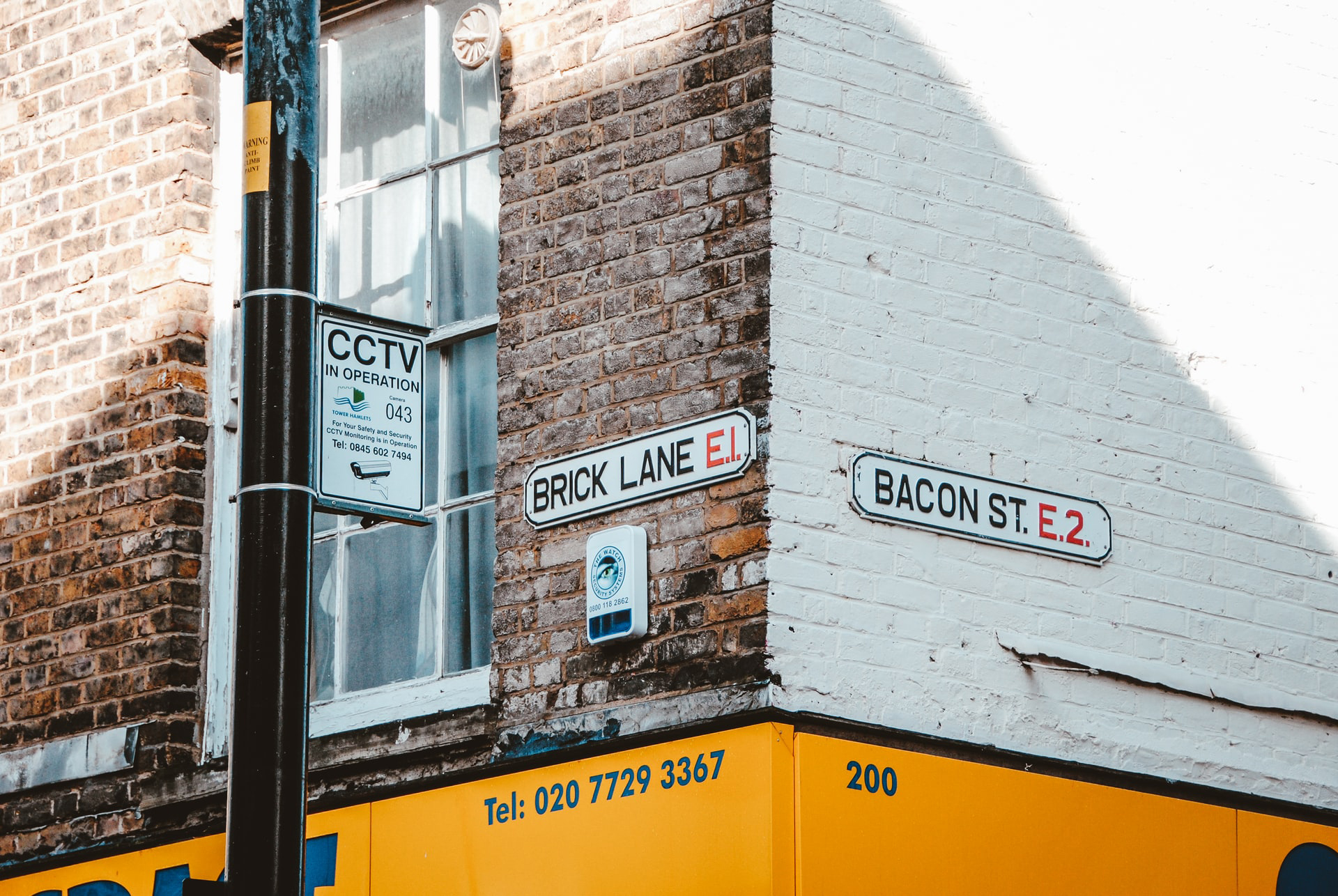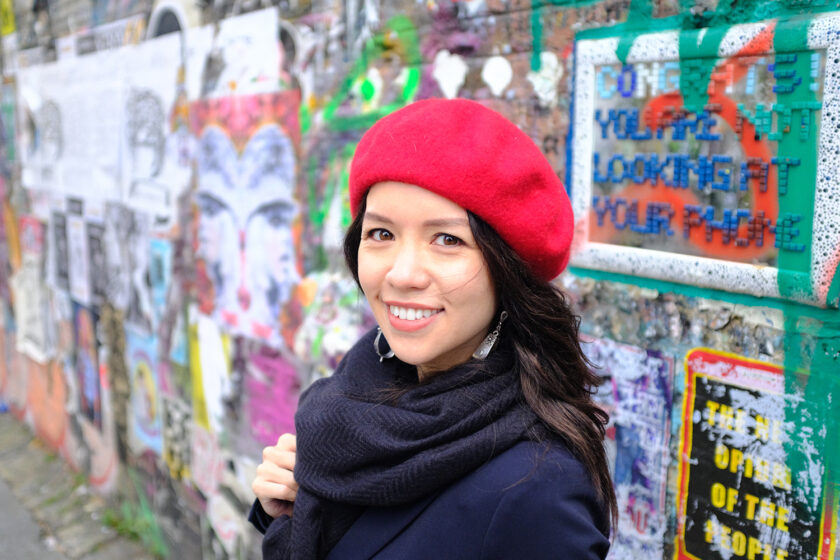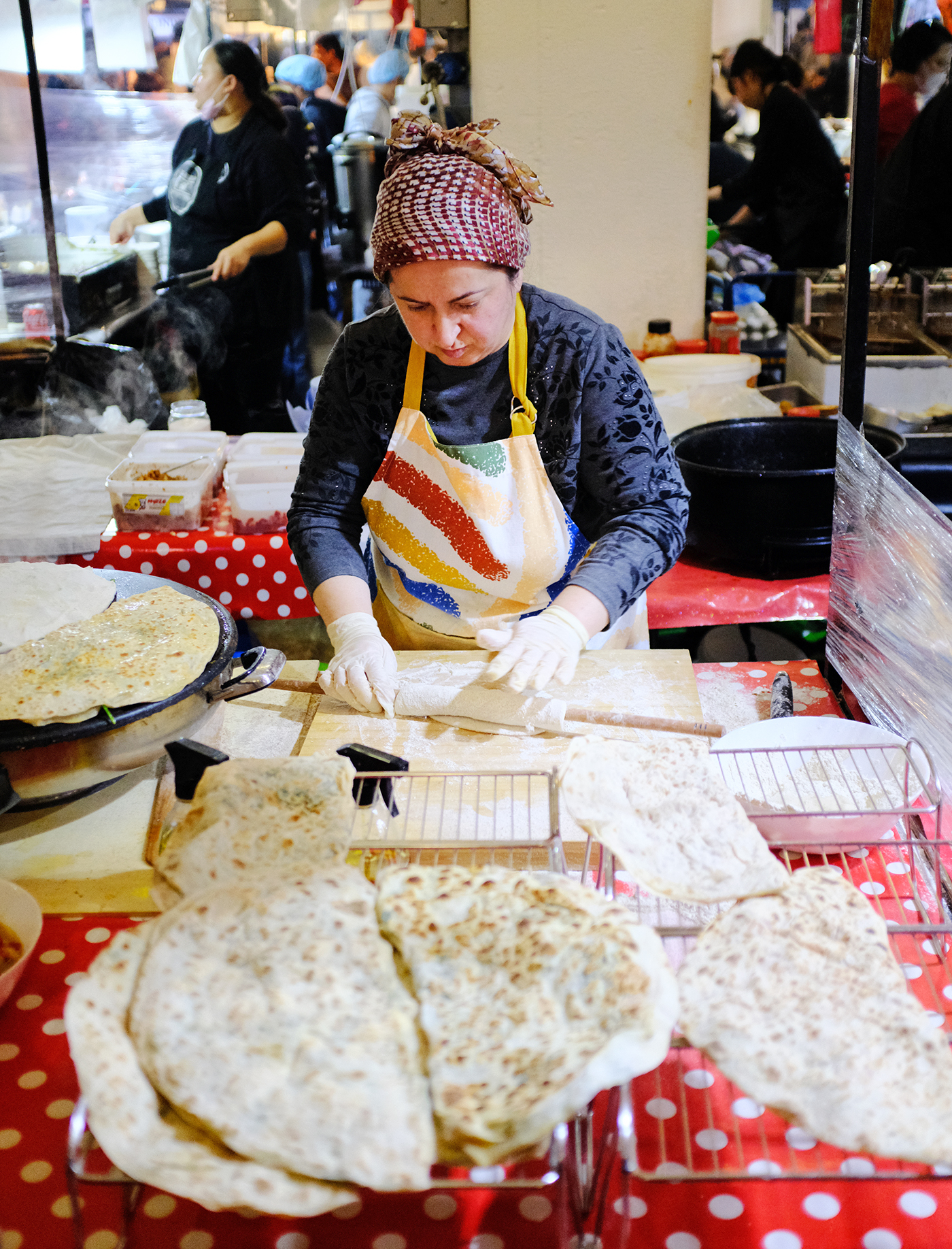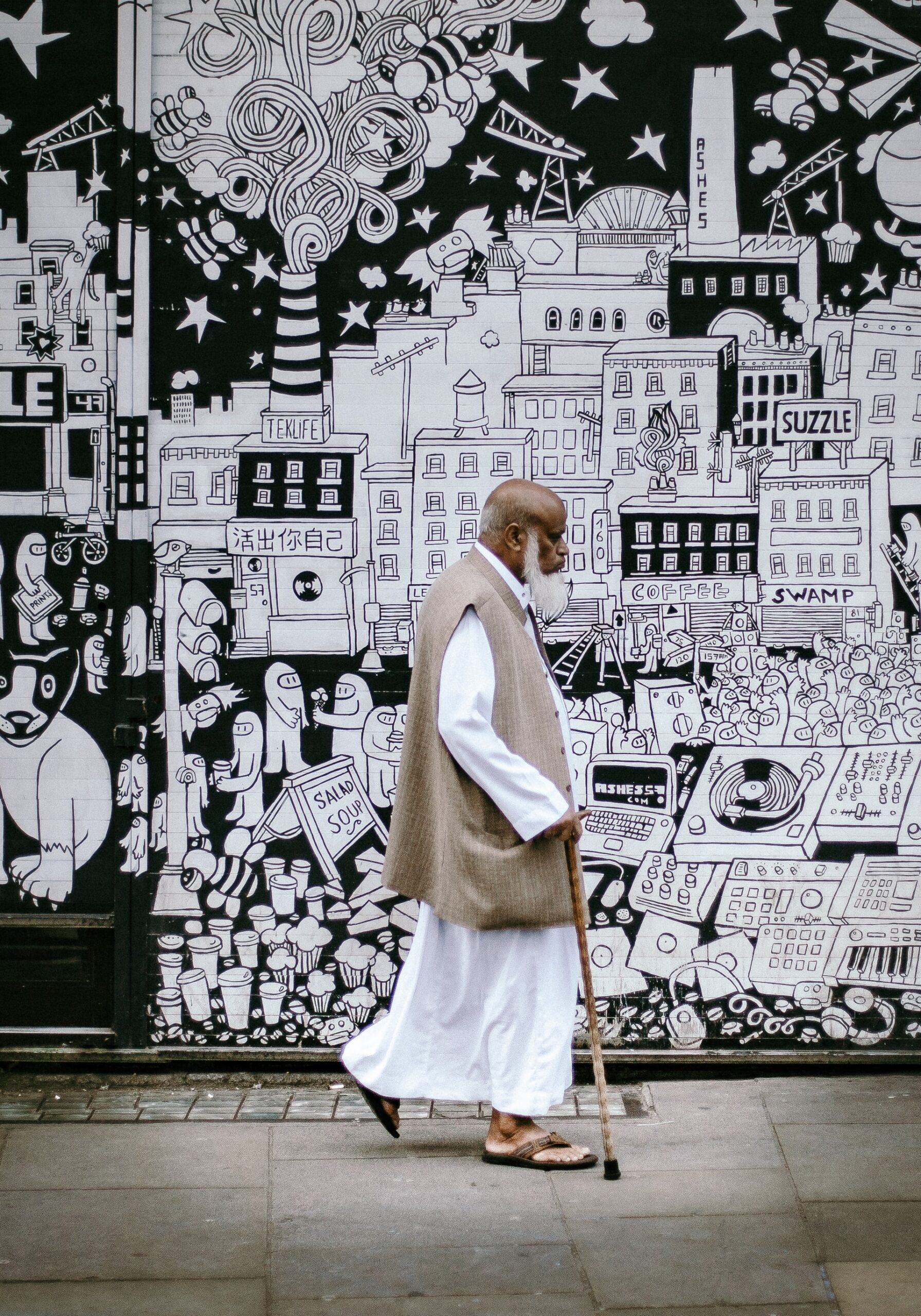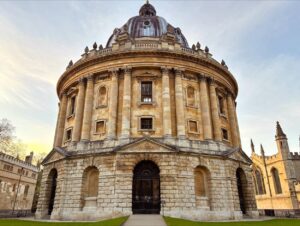Today I’m taking you on a trip around Shoreditch, my new neighbourhood in East London. I’ve actually been here for quite a while, but since lockdown lasted longer than any of us anticipated, it’s taken me a while to really explore and appreciate this area now things have opened up again.
After living in Greenwich for so many years, it was quite a shock to the system moving to Shoreditch. These two places couldn’t be more different: leafy and rural to concrete and urban, and peacefully quiet to wildly noisy.
While I love Greenwich for its beautiful park and slow pace of life, one of the things that always bothered me a little was its lack of cultural diversity which Shoreditch has in abundance, and perhaps no place more symbolises London’s multiculturalism than Brick Lane.
A short history of Brick Lane
One of my favourite places for a weekend stroll is along Brick Lane, famed for its international food stalls, wealth of vintage shops and colourful street art. Located on the Eastern edge of Shoreditch – otherwise known as London’s ‘hipster central’ – the street and its surrounding area are testament to the long and fascinating history of London’s East End.
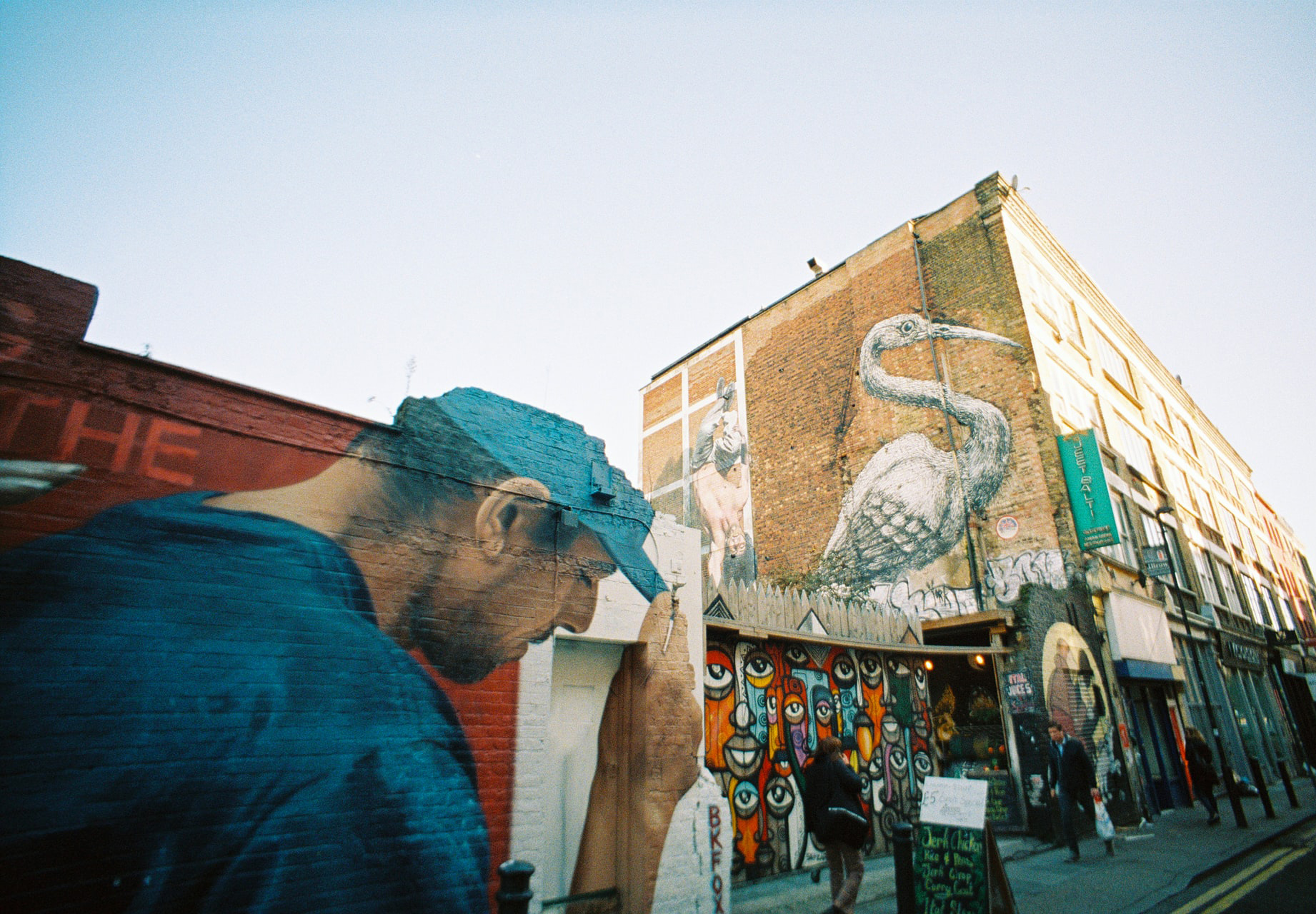
Accessible through the nearby Shoreditch High Street Tube station and bordered by Whitechapel Road to its South and Bethnal Green Road to its North, Brick Lane is located outside of London’s Roman city wall, whose remains are still standing scattered between the skyscrapers of the City of London and the Brutalist architecture of the Barbican, to its West. Brick Lane was a rural settlement until the 16th century – something that is hard to believe today glancing at the wide urban sprawl that surrounds it.
In 1666, the Great Fire of London destroyed many of London’s wooden buildings and as a result a lot of buildings were rebuilt using bricks. The area’s good quality clay made it a favoured location to produce the sought-after building blocks. By the 1650s several bricklayers opened workshops in the area and a brick kiln was installed at the northern end of the street. You guessed it – from then on, the area came to be known as Brick Lane.
What today constitutes the major attraction of Brick Lane is its patchwork of ethnicities, colours and smells testifying to the different generations of immigrants who called the street and the area home for the past centuries.
The Huguenots
First came the French Huguenots in the 16th century. Huguenots were Calvinist Protestants who fled France after the tragic St. Bartholomew’s Day massacre in 1572 which saw thousands of French Protestants slaughtered by a mob of their Catholic fellow countrymen during a period known as the ‘’French Wars of Religion’’.
The Huguenots were known for their skills as traders and craftsmen, particularly in textile weaving, and like many European immigrants in modern history sought refuge in the British capital. Most of Huguenots ended up settling around Brick Lane – in the surrounding areas of Spitalfields and Bethnal Green. Today a lot of the beautiful stately houses built by the Huguenots are still standing in streets that bear names such as ‘Weaver Street’, ‘Fashion Street’ or ‘Fournier Street’, testifying to the French origin and trade of its inhabitants.
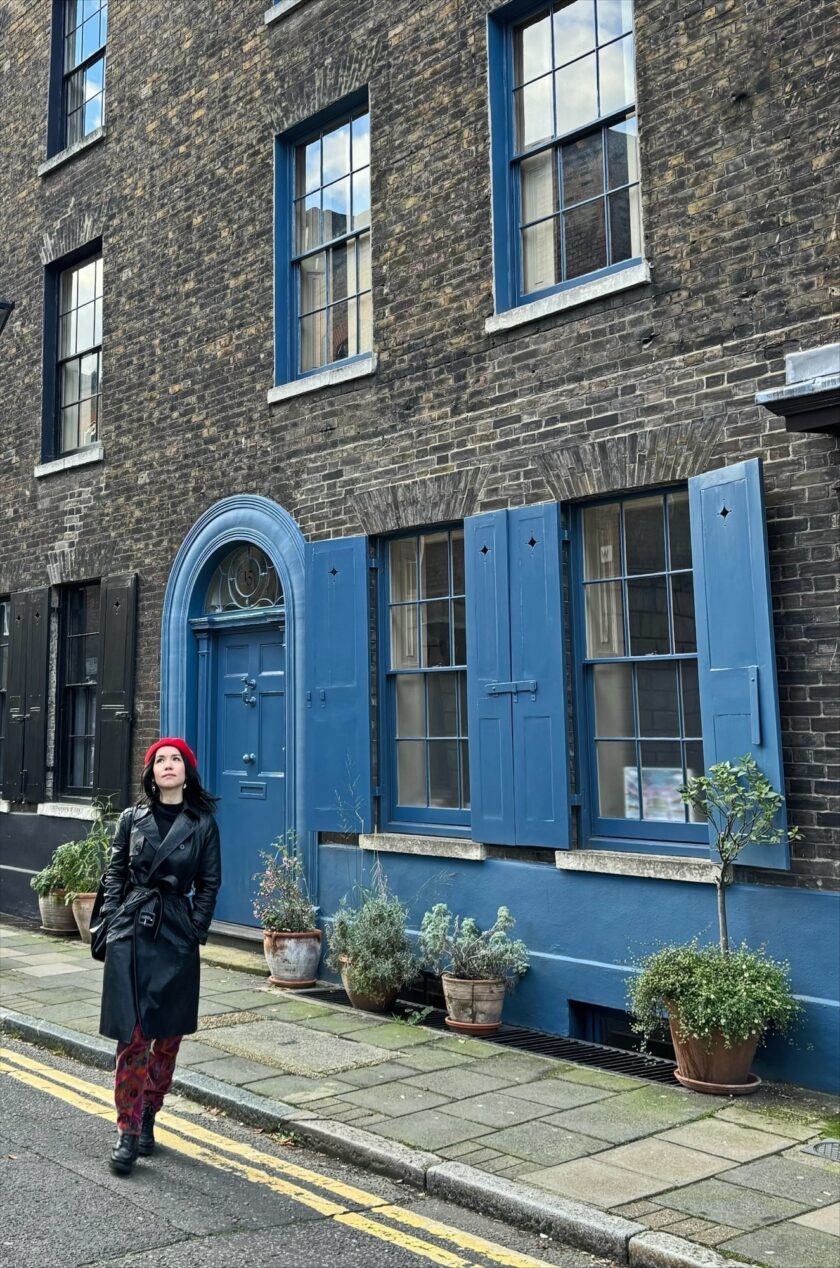
Following the Huguenots’ footsteps, Brick Lane soon became a magnet for several waves of immigrants. In the 19th and early 20th Century sizeable populations of Irish and Jewish settlers made Brick Lane home – fleeing famine and persecution at home. The freshly arrived immigrants were often penniless, and the area became impoverished and seedy. The nearby Whitechapel area to the South of Brick Lane became the breeding ground for the infamous Jack the Ripper who murdered multiple prostitutes in a gruesome fashion in the last decade of the 19th century.
The murders attracted the public’s attention to the slum-like living conditions in the East End and in the following decades most of the slums were destroyed and public amenities improved. The Whitechapel Gallery – one of London’s best art museums to this day – was built in 1901 to provide access to culture to the impoverished population of the East end and stands as a testament to the renewal of the area at the turn of the century.
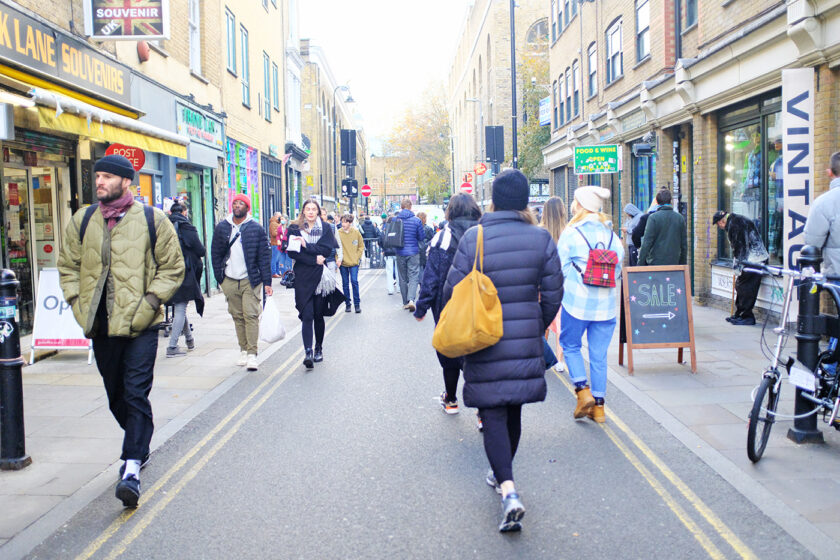
Just off Brick Lane, you’ll also find contemporary galleries such as Raven Row (located opposite the delicious Ottolenghi restaurant), and Public Gallery which champions emerging artists.
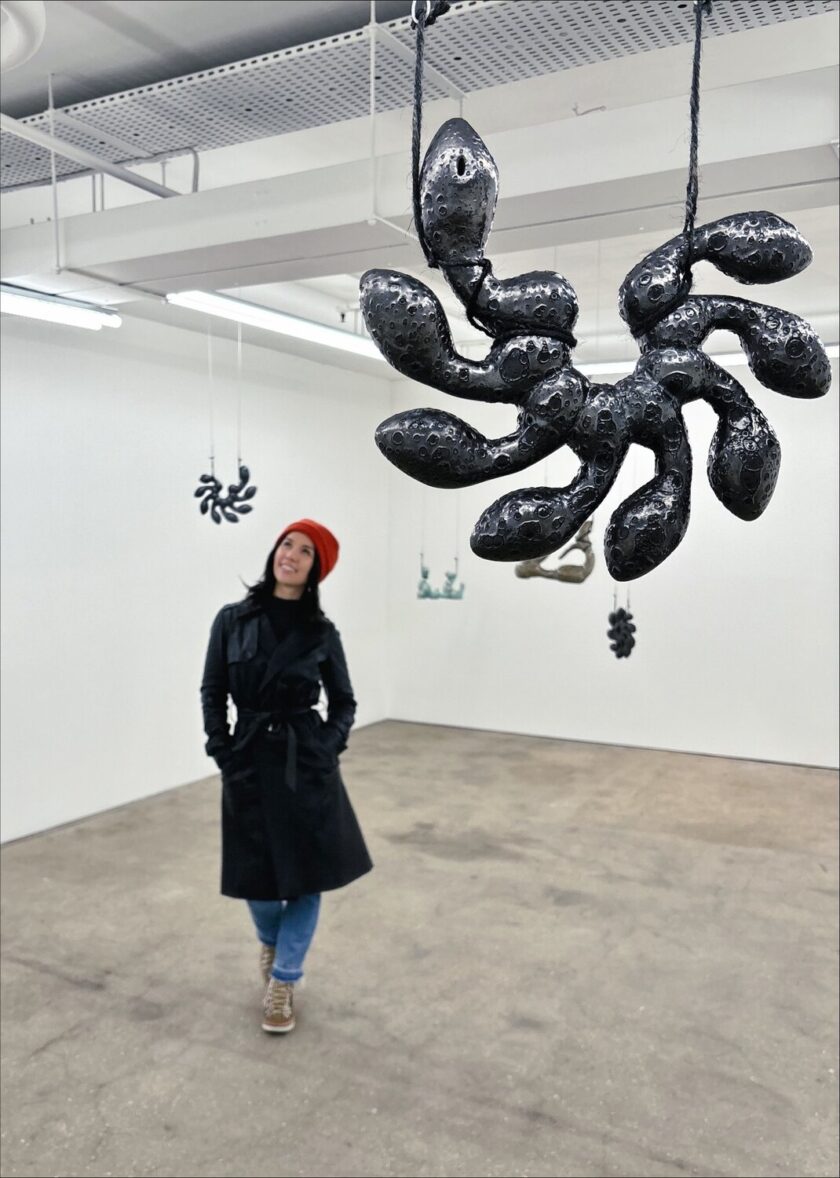
Bangladeshi community
Finally, in the 20th century, a large population from Bangladesh settled on Brick Lane and its surrounding streets. For centuries, the East End had been the first port of call for migrants working in trading routes between the port of Bengal – then the centre of the British Empire in India – and the capital of the Empire. As the British Empire waned through the century, populations from East India and later Bangladesh progressively settled in the East End – making Brick Lane their capital unofficially known today as ‘’Banglatown’’.
The most potent symbol of Brick Lane’s diversity and the successive generations of immigrants who shaped the area can be found in the Brick Lane Mosque. The building that houses the Brick Lane Mosque was built in 1743 by the Huguenots to house their ‘Neuve Eglise’ or ‘New Church’ in English. It remained a Protestant Church until the 1897 when the building was acquired by a group of orthodox Lithuanian Jews to provide a spiritual centre for the large local population of European Jews.
By the 1970s as the Jewish population spread to other parts of London – particularly around Golder’s Green to the North of Hampstead – the Synagogue fell into disuse and was purchased by the local Bangladeshi community in 1976. It remains to this day the spiritual centre of the community in the East End.
Brick Lane today
Today, Brick Lane is changing again and gentrifying with the arrival of young creatives and bankers attracted by the creativity and diversity of the area. The area is set to change even further with planned development for a shopping mall and luxury high rises, which some fear will make the area lose its ‘soul’. But as Brick Lane’s long history testifies to, the area’s capacity to change and accommodate new populations will remain very much alive for a long time to come.
If you’re planning a visit, come on Sunday and be sure to arrive on an empty stomach as the food stalls and markets are in full swing. You’ll find cuisine from every corner of the world spilling from the sidewalks and it’s also the best time to meet the locals. Every neighbourhood in London has its fair share of characters, but some of largest have made Brick Lane their home. I’m not sure how long I’ll be here, but I’m going to enjoy exploring every corner of it…
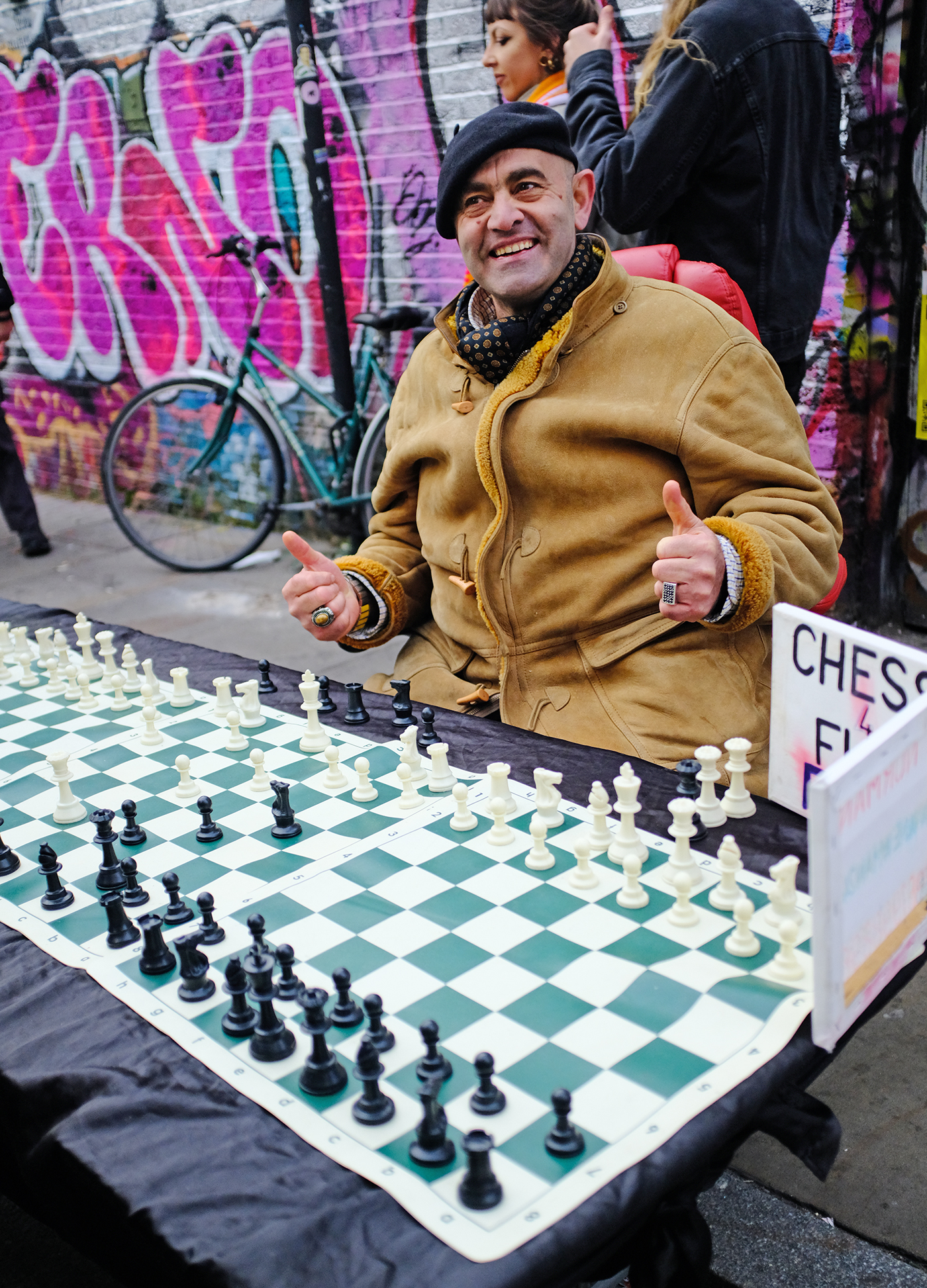
Are you planning a trip to Brick Lane and its surrounding area?
Extra info
Read more: Street Art Guide of Shoreditch, London

